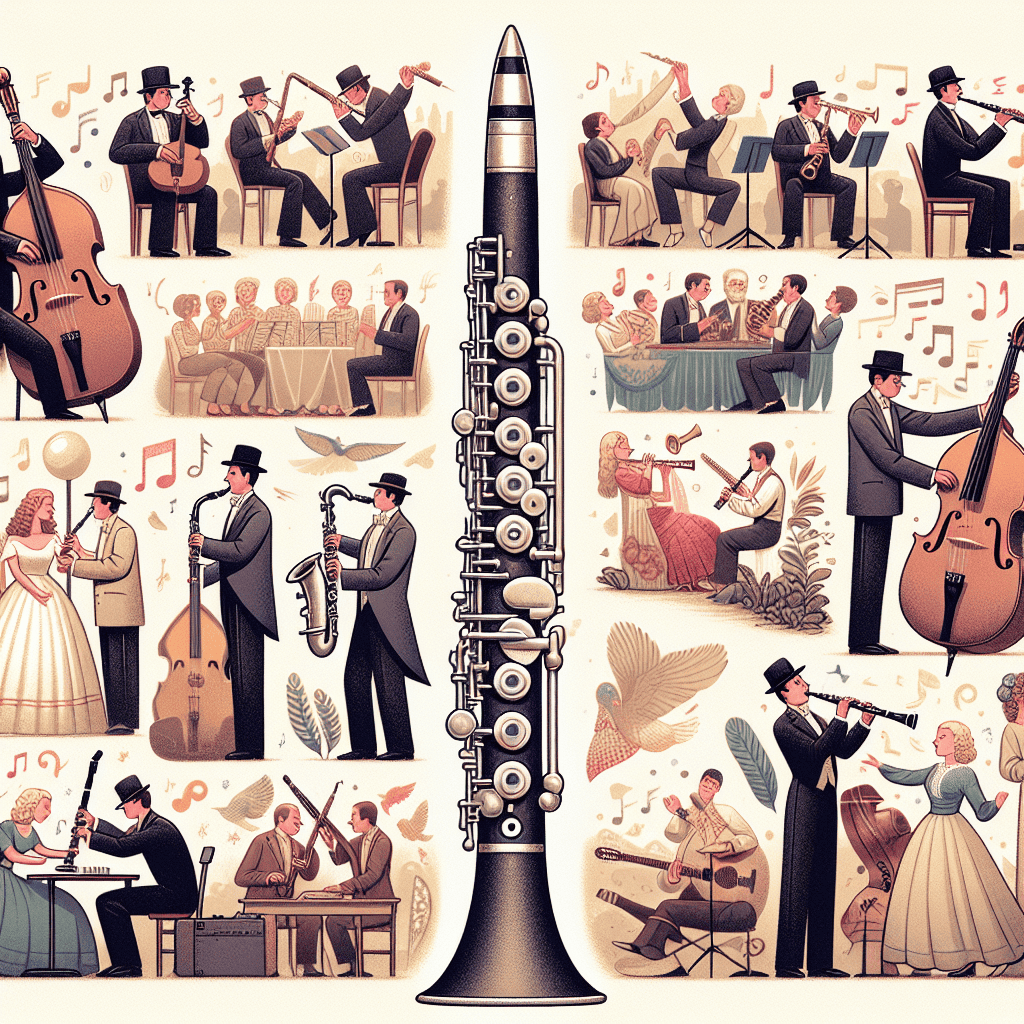The clarinet plays a significant role in contemporary classical music, influencing the genre with its versatility and expressive range. This innovative style of music thrives on experimentation, and the clarinet's wide tonal spectrum makes it an ideal instrument for composers and performers alike.
The clarinet's distinctive sound sets it apart in the world of contemporary classical music. Its unique timbre allows it to seamlessly blend with other instruments or shine as a solo voice. This adaptability has made it a top choice for composers seeking fresh and distinctive sounds. Martin Freres clarinets, known for their exceptional craftsmanship, provide musicians with a rich and dynamic sound palette that exemplifies these qualities.
Extended Techniques in Contemporary Clarinet Playing
Modern classical music often employs extended techniques that push the boundaries of traditional clarinet playing. These innovative methods add new layers of texture and expression to compositions:
- Multiphonics: Producing multiple notes simultaneously
- Glissandi: Sliding smoothly between notes
- Flutter tonguing: Creating a rapid vibration with the tongue
These techniques open up new avenues for musical expression, allowing composers and performers to explore uncharted territories in sound production.
| Technique | Description | Effect |
|---|---|---|
| Multiphonics | Playing multiple notes simultaneously | Adds harmonic complexity |
| Glissandi | Sliding between notes | Creates smooth transitions |
| Flutter tonguing | Rapid tongue vibration | Produces a tremolo-like effect |
Versatility in Contemporary Compositions
The clarinet's adaptability makes it a key player in various contemporary classical works. Renowned composers such as John Adams and Osvaldo Golijov have extensively featured the clarinet in their compositions, highlighting its ability to switch between lyrical melodies and rapid, intricate passages. Adams' piece “Gnarly Buttons” showcases how the clarinet can maintain a melodic presence while navigating complex rhythmic structures.
Mastering Contemporary Techniques
For clarinetists aiming to excel in contemporary classical music, familiarity with advanced techniques and the specific requirements of modern compositions is crucial. Regular practice with a metronome and focus on intonation can greatly enhance performance quality. Additionally, gaining insight into the composer's intentions and the context of the piece adds depth to the interpretation.
Evolution of the Instrument
The clarinet's role in contemporary classical music is continuously evolving. Technological advancements and innovations in instrument design, such as those implemented by Martin Freres, contribute to this ongoing development. Manufacturers are now using new materials and ergonomic designs, enabling musicians to achieve their desired sound and technique more easily.
Conclusion
The clarinet remains an indispensable instrument for contemporary classical music composers and performers. Its capacity to produce a wide range of sounds, coupled with advanced playing techniques, ensures its lasting prominence in the genre. Whether you're a budding clarinetist or a seasoned professional, delving into contemporary classical music with your clarinet can be an immensely fulfilling journey.







